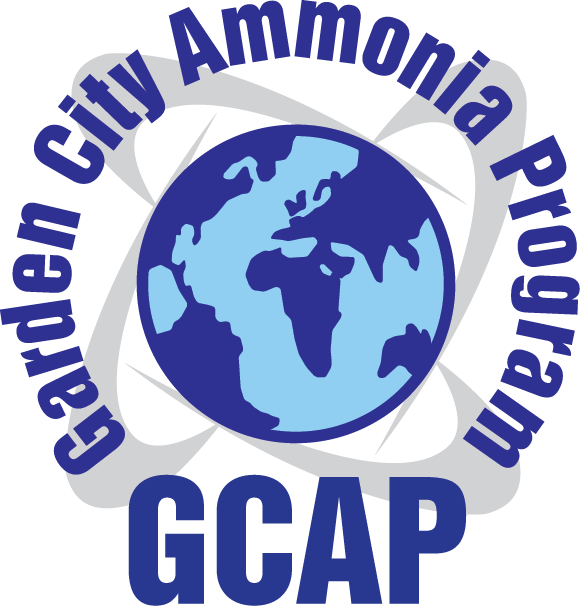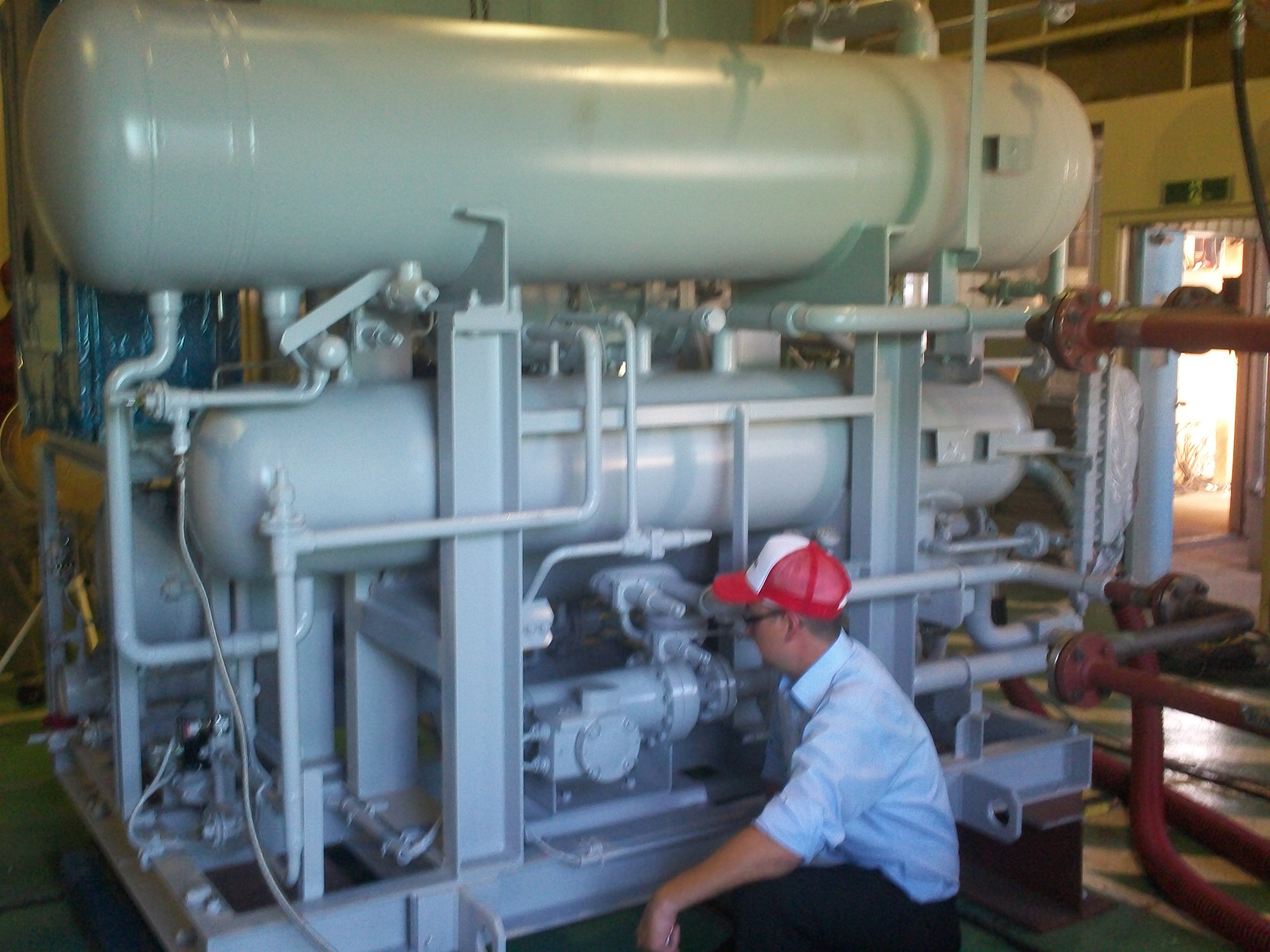CO2 Training |
CO2 "Carbon Dioxide "TRAINING STARTS IN FALLNH3/CO2 Cascade SystemsLearn more about CO2 training at www.GcapCoolCast.com
Garden City Ammonia Program is announcing the third phase of training here at GCAP's hands on technical school with natural refrigerants. The new training will be used to teach NH3/CO2 cascade systems and CO2 Refrigeration. GCAP is working with Mayekawa "MYCOM" and getting a Cascade system brought the US with hands on training. Ammonia will be on the high temp side with CO2 as a brine on the the low temp side. This concept has been used in Japan, China, Europe, and many other countries successfully the last 10 years. It will reduce the primary charge (ammonia) and keep it in one central location. It also has many other benefits. Click the Mayekawa/Mycom link below for a news story Randy Williams, Tyler Ramos, Jeremy Williams, and Jacob Williams traveled to Japan in September 2010, to tour the factory where they are being built and see some of them in application. A few cold storage warehouses, production facilities and even grocery store application.
Garden City Ammonia Program (GCAP) located in Kansas U.S., a private industrial ammonia technical school, decides to introduce NH3/CO2 cooling system NewTon3000. GCAP is the only private industrial ammonia technical school providing lectures on refrigerating theory and hands on training for operating refrigeration systems. It has supplied training to operators from 412 companies from over 16 countries and produces experts in refrigeration systems every year. Since CO2 emission reduction and prevention of global warming are their missions, they actively provide education for operators who handle refrigeration systems using natural refrigerants. In recent years, regulations for ammonia charge have been tightening For more information please contact us and keep your eye for future dates in 2011.
In terms of the kinds of refrigerants used in the refrigeration cycle, restrictions were introduced in 1996 to terminate the use of all CFCs (such as R12) with serious ozone layer destructive properties. The use of HCFCs (such as R22) and their ozone layer destructive properties are to also be gradually phased out by 2020.
"Natural refrigerants" are substances found in the natural world, and their most salient feature as refrigerants is that they have a much smaller impact on the global environment compared to artificially synthesized fluorocarbon substances. However, since hydrocarbons and ammonia pose problems in terms of their combustibility and toxicity, thereby limiting their applicability, it is believed that the greatest attention will be paid to CO2 refrigerants in the future.
Copyright 2011 - Garden City Ammonia Program - All Rights Reserved |






